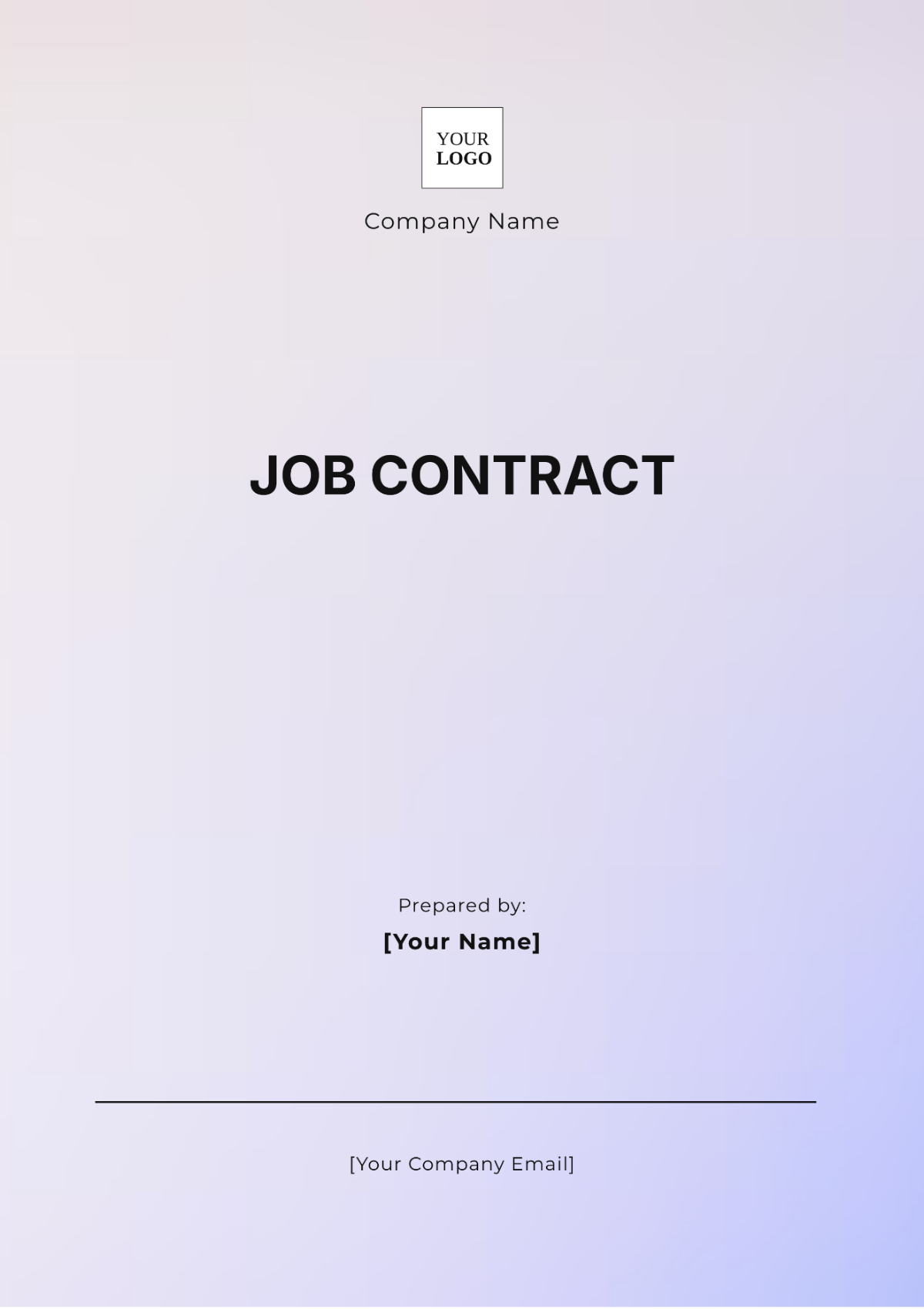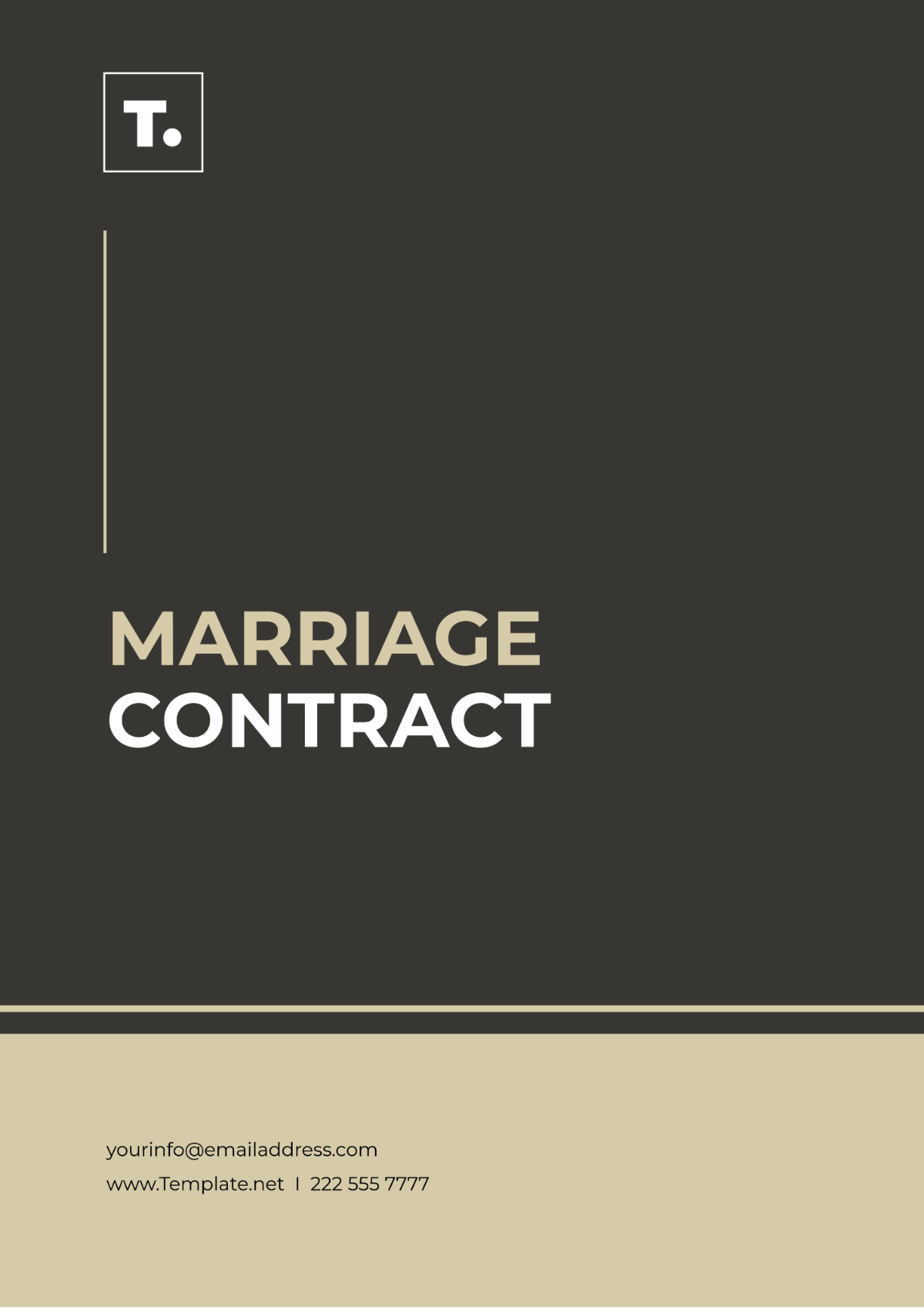Free Legal Contract Management Handbook
Unlock efficient contract management with the Legal Contract Management Handbook Template from Template.net. This comprehensive guide empowers legal teams with best practices for contract administration, monitoring, and compliance. Editable and customizable, tailor it to your organization's unique needs. Use our Ai Editor Tool for seamless modifications. Streamline contract processes, mitigate risks, and ensure legal compliance with this invaluable resource.






























